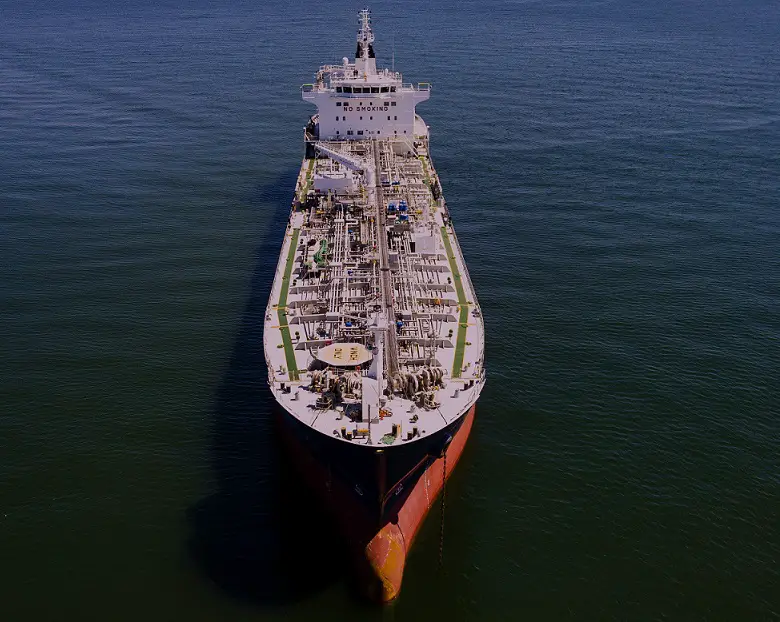On Monday, Reuters reported that the price cap placed on Russian crude oil will remain at its current level of $60 per barrel, according to a Group of Seven (G7) official cited by the agency.
The decision walked the line between the rising price of oil due to voluntary production cutbacks announced by OPEC+ last week and the calls from other nations to lower the cap price to further punish Russia for its military action in Ukraine.
Having been put into effect in December, the price cap bans Western companies from supplying transportation, financing, brokerage, or insurance to seaborne cargos of Russian crude, unless the cargo was sold for below the price cap.
Initially supported by the US, Canada, the EU, Switzerland, Norway, Australia and Japan, the price cap led to a shift in Russian crude shipments to countries which did not take part in the sanctions against Moscow, primarily in Asia.
For its part, Moscow announced it would bar all sales of all petroleum products to any nation which not only sought to impose the cap, but which so much as mentioned the price-cap in a contract.
This created a problem for Japan, which is heavily dependent on Russian energy, and which is involved in several Russian energy projects with the express purpose of securing its own energy-security. Despite supporting the measure’s implementation, Tokyo eventually sought and received an exemption from the price cap from Washington, so that it could continue to purchase cheap Russian energy products without the risk of severing its relationship with Moscow.
Starting February 5th, a similar price cap measure was applied to all Russian petroleum products. The allied nations agreed to set the refined petroleum product price cap at $100 per barrel for diesel, jet fuel, and gasoline refined in Russia, and impose a $45 per barrel price cap for petroleum products which trade for prices lower than crude oil.
The G7 official cited a recent report from the International Energy Administration (IEA), which stated that the the price cap regimes had been effective “in not restricting global crude and product supplies, while simultaneously curtailing Russia’s ability to generate export revenue.”
The IEA reported last week that in March, Russian oil revenue increased by $1 billion month over month to $12.7 billion, however that was still 43% lower than one year prior. The IEA also pointed out that exports of oil from Russia had risen to a three year high of 8.1 million bpd in March.
The G7 official noted that Russian crude exports have been consistently more than three million barrels per day as global market supply has remained steady.

